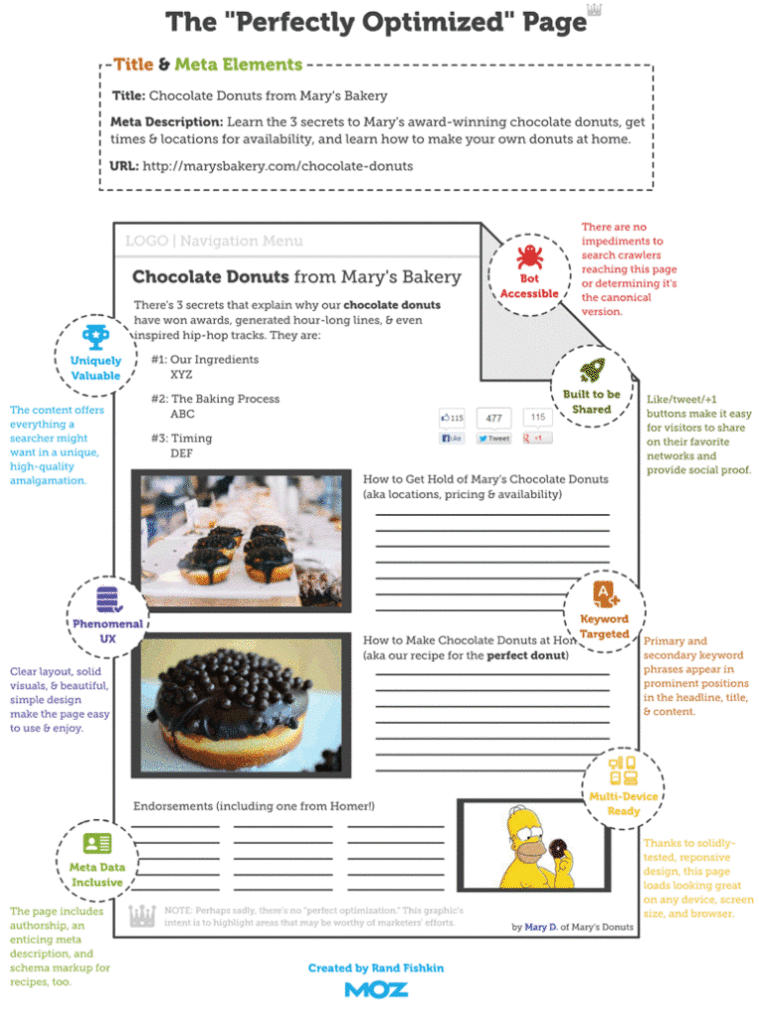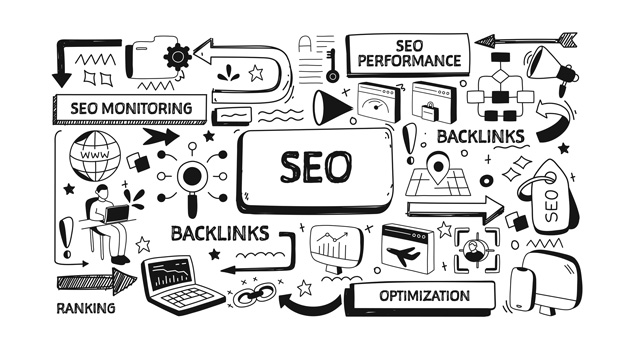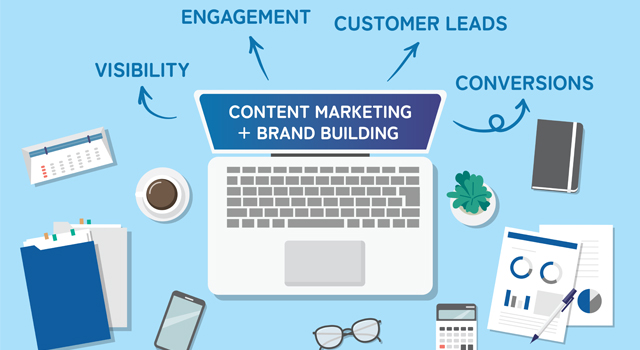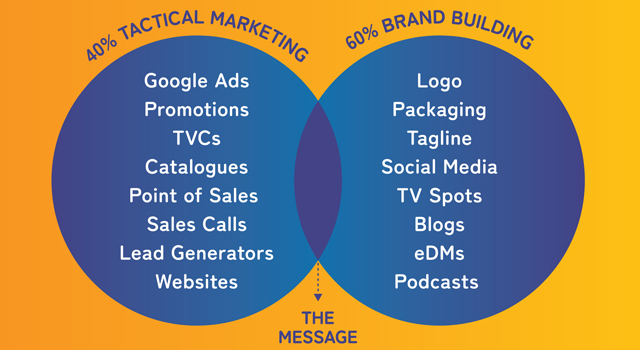So, you’ve just launched a new, beautiful website. You’ve spent countless hours agonizing over what images to put where, how to succinctly but convincingly tell your brand story and how to get your customers to convert the way you need them to. You recall the old saying, “build it and they will come”, so you sit back and wait. But after a few days, no one comes. Sound familiar? What you forgot is Search Engine Optimisation (SEO).
SEO is the process of optimising your website so that it will rank highly on the search engine results page (SEPPs). 87% of shoppers begin their product searches online, making it vital that your brand appears prominently and compellingly for keywords specific to your business. But where to start? We’ll take you through the SEO basics and give you our top tips for running a successful website.
You’ll learn:
- What keywords are in SEO and how to identify them
- What your page title should be and how to use meta descriptions
- How to make your images readable to Google
- What backlinks are and why you need them
Keywords
One of the most important parts of SEO is determining your keyword strategy. This means identifying the words (i.e. keywords) that people are using to search for businesses like yours in Google. Once you have your list of keywords, you’ll want to determine the search volume for each one as the more people who are searching for a particular keyword, the greater your potential audience is. This helps you to focus your SEO efforts on the highest reward terms. You’ll also want to look at the competition on particular keywords. Are a lot of other businesses trying to rank for these terms and if so, are you likely to be successful in outranking them (based on the other SEO factors we’ll cover later in this article).
Key takeaway:
Start by mapping out your ideal customer. Think about their likes, dislikes, pain points and general online activity. What kind of searches would bring them to a business like yours? Once you’ve answered these questions and have a potential list of keywords, you can use SEO research tools to find the search volume and competition for these keywords, or you can engage an agency like Media Merchants to do this on your behalf. Based on these results, you can narrow down your shortlist of keywords to focus on.
Page Titles & Meta Descriptions
Next, you’ll want to make sure that your website has a lot of content related to your shortlist of keywords. The best practice is to have one main keyword per webpage and also any related keywords that you can conceivably include without going over the top (this is called keyword stuffing and Google doesn’t like it). You’ll want to make sure your main keyword appears prominently in the page title and meta descriptions, and that your related keywords also appear within the page in logical positions that read well to the user. An example of a perfectly optimised page is below.

Key Takeaway:
Ensure your main keyword appears in your page title and meta descriptions. Include related keywords within the page copy where it makes sense to do so. Avoid using unnecessary or repeated keywords that don’t read well to the end-user, as this is likely to decrease your ranking in organic search.
How to make images readable to Google
All websites rely on a variety of images to communicate key content and messaging about their businesses, be it product images on a description page, a homepage banner or a blog image. Images are vital in showing customers what’s for sale (be it a product or service), why they need to have it and how to buy it. However, Google often can’t read these images, so they provide no SEO value and can actually detract from a site if core information is contained in them. But there is a simple fix. Images require an alt attribute, which is a HTML element that allows you to provide a description for the element. This is helpful for customers when images break or for useability for people requiring screen readers. It also means that Google can read, understand and rank this image within organic search.
Key Takeaway:
Ensure all images on your website contain descriptive alt attributes that sum up what the image is about. Use keywords from your research in the description, if this is relevant to the image.
Backlinks
Backlinks are a core part of SEO. A backlink is when another website links to yours. There is a correlation between the number of backlinks a website has and where it ranks in organic search. It’s essentially like another business vouching for you. And the more you have, the better you are.
But it’s not just quantity. Quality is an important factor when acquiring backlinks. Websites with greater authority that link to yours, for example, government or news websites, will be rated in higher esteem than websites with low authority, like spam websites.
So how do you acquire quality backlinks? We recommend focusing on creating high-quality original content that is shareable. An example is an original case study, a buying guide or a great blog. Other examples include outreach to companies you work with to create testimonials on their website that link back to yours or looking at relevant but non-competing verticals and partnering with a business to run a cross-promotion.
Key Takeaway:
You need good quality backlinks to rank highly in organic search and these aren’t always easy to come by. Create a strategy on how you’re going to acquire these backlinks or engage a partner agency like Media Merchants to do this on your behalf.










